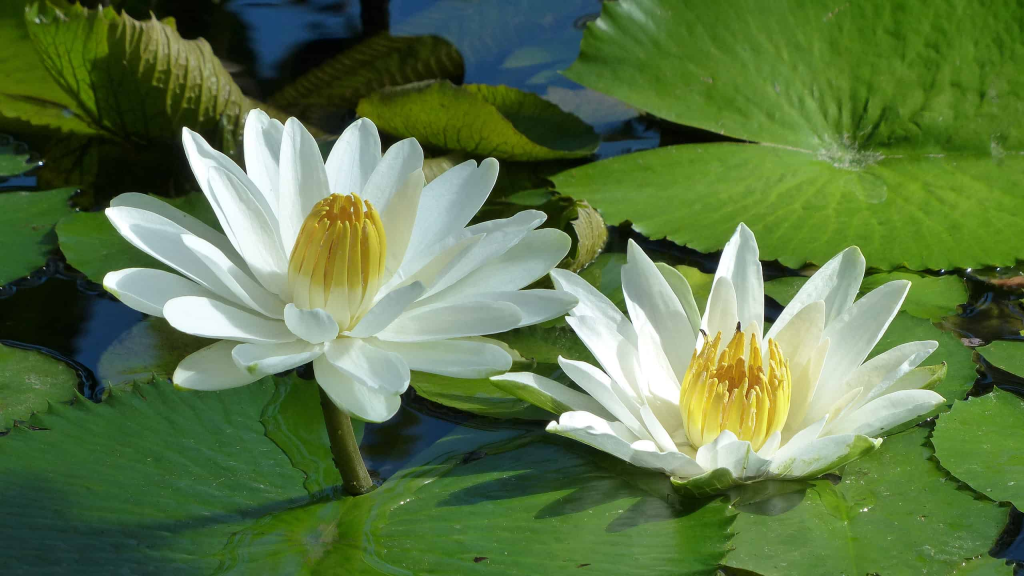Meet Egypt’s National Flower: The Egyptian Lotus
Floating gracefully on the surface of Egypt’s rivers and lakes, the Egyptian lotus (Nymphaea lotus) is the country’s official national flower. With its crisp white petals and sunny yellow center, it’s hard to miss and even harder not to admire.
Symbol of Rebirth and Creation

The lotus holds deep symbolic meaning in Egyptian culture, both ancient and modern. In Ancient Egypt, it was seen as a powerful symbol of rebirth, creation, and eternity. People believed that just like the lotus, which rises from muddy water to bloom beautifully each day, life, too, could begin again clean and renewed.
Rooted in Mud, Blooming on Water

This aquatic plant grows with its roots buried deep in the mud while its flowers float clean and bright on top of the water. It usually starts to bloom in late spring and continues through the summer, making lakes and calm riverbanks look like something out of a painting. Even if it’s fully submerged, it finds its way back to the surface. A quiet but powerful display of resilience.
Fun Fact: Ancient Egyptians Ate It

Here’s something most people don’t know. The roots of the lotus were actually eaten by ancient Egyptians. So it wasn’t just beautiful and symbolic. It was useful too.
A Bloom That Still Shines

Today, the Egyptian lotus remains a familiar sight across the country. It’s simple, calm, and deeply connected to Egypt’s identity. A reminder that beauty, strength, and meaning can grow from even the muddiest waters.
If you like Egyptian nature, check out the Nature section on our website for more!





